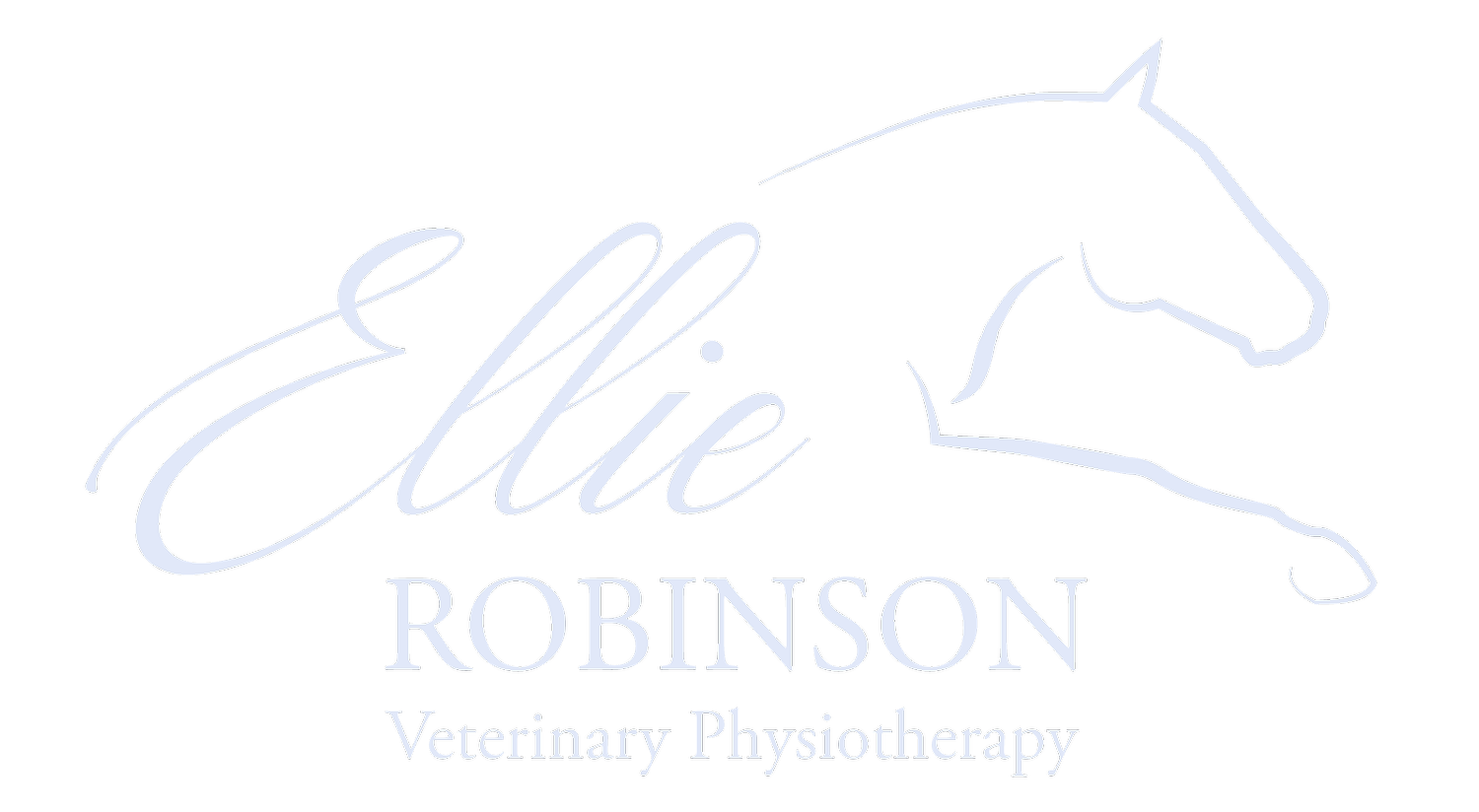Myofascial Release with the Fascial Edge Tool
Since I started my training, myofascial release has fascinated me and I recently attended a CPD day to train in the use of the ‘Fascial Edge Tool’ and learn more about this treatment technique.
What is Fascia?
Fascia is simply the tissue that surrounds each and every organ in the body, lying just underneath the skin. It develops as a unified whole during the first few weeks of foetal development, and throughout life it remains connected, a little bit like a spider’s web. It has a large role in both physiological and mechanical aspects of body function.
Fascia is always under tension.
It is incredibly strong, supporting up to 200lbs per square inch!
Concussion is transmitted and absorbed within the body via fascia.
It is the most richly innvervated tissue in the body (contains a high concentration of nerves).
Out of all the tissues in the body, it contains the highest number of proprioceptors (movement sensors), and also has a high number of nociceptors (pain sensors).
Why is Fascia Important?
Physical and mental stress can cause fascia to become dehydrated, and this can lead to areas of adhesions or strains within the fascia. Fascial adhesions/strains compress blood vessels and nerves causing pain and compensatory issues.
What is the Fascial Edge Tool?
Although fascia can be released through massage, stretching and manual mobilisation, sometimes adhesions can be deep below the skin surface which can be difficult to release with a therapist’s hands alone. The tool was developed over nine years by chiropractor Andrew Glaister to make myofascial release more effective. It is an extremely versatile tool;
the profiles of the tool allow a ‘perfect fit’ to the major tissue planes
the long edge corresponds to the therapist’s forearm, for use over broad areas
the narrower end corresponds to the thumb, for use in more detailed areas.
I am thrilled to be adding this to my toolbox to use during treatments, if you have any further questions please do get in touch!
Ellie x

